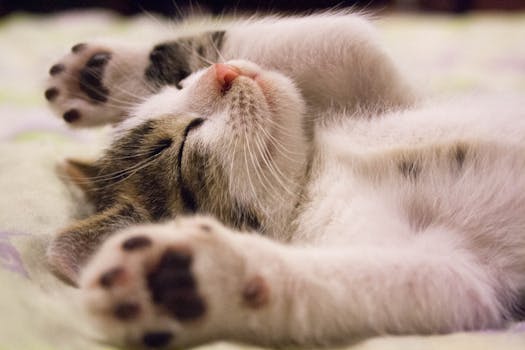Managing your pet's weight

Managing your pet's weight isn't just a chore; it's a fundamental part of ensuring their happiness and longevity. We often overlook the fact that an overweight pet isn't just a bit chubby—it’s at risk for serious health issues. The journey to effective pet weight management begins with a hard truth: we need to take a proactive stance. No more sneaking treats under the table, no more pity snacks. It’s about discipline and love.
First off, let’s talk diet. Imagine if we ate burgers and fries every day; our pets are no different. Quality nutrition is the cornerstone of weight management. Opt for high-protein, low-carb diets, mirroring the nutritional needs they’d naturally have. Just like with us, processed foods are a no-go. Check those labels—avoid fillers and artificial additives. Think fresh, lean meats and plenty of veggies. You wouldn’t feed your kids junk, so why would you do that to your fur babies?
Portion control is another biggie. It’s easy to overestimate how much food our pets need. Those big, pleading eyes can be deceiving. Measure out their food. Most pet foods come with a feeding guide based on weight, but sometimes you’ll need to adjust depending on their activity level. Too much food equals excess calories, leading to weight gain. Simple math, right? Remember, it’s about quality, not quantity.

Exercise is the next piece of the puzzle. Just like us, pets need regular physical activity to stay fit and trim. For dogs, this might mean longer, more frequent walks or active play sessions in the park. Cats can be a bit trickier—think laser pointers, feather toys, and climbing trees. The goal is to get their heart rates up and burn off those extra calories. A tired pet is a happy pet, and an active pet is a healthy pet.

Regular vet visits are crucial. Think of them as wellness checks, not just visits when something’s wrong. Your vet can provide a clear picture of your pet’s overall health and help devise a weight management plan tailored to their specific needs. They can also rule out any underlying health issues that might be contributing to weight gain. Sometimes, it’s not just about the food and exercise—hormonal imbalances or metabolic disorders can play a part.

Let’s not forget mental health. A bored pet can turn to food for comfort, just like we might. Keeping their environment stimulating is key. Puzzle feeders, new toys, and social interaction can prevent overeating caused by boredom. It’s about creating a balance where physical and mental health go hand in hand.
Here’s a quick anecdote: my friend’s dog, Max, was a prime example of a weight management success story. Max used to be quite the chunky pup, always panting and moving slowly. My friend started by cutting down on table scraps and introduced more structured feeding times with proper portions. Daily walks turned into mini-adventures, exploring new routes and parks. They even got creative with indoor activities during bad weather—think hide and seek with treats and obstacle courses made from couch cushions. Slowly but surely, Max slimmed down. He became more energetic, playful, and even his coat looked shinier. Max’s transformation was a testament to the power of consistent, mindful pet care.
In conclusion, effective pet weight management boils down to commitment and consistency. We owe it to our pets to provide them with the best care possible. It’s not just about avoiding the vet’s scale of shame—it's about enhancing their quality of life. Every small step, from portion control to active play, adds up to a healthier, happier pet. So, next time your furry friend looks at you with those big, hopeful eyes, remember: a healthier treat in moderation and a romp in the park is the best way to show your love.


